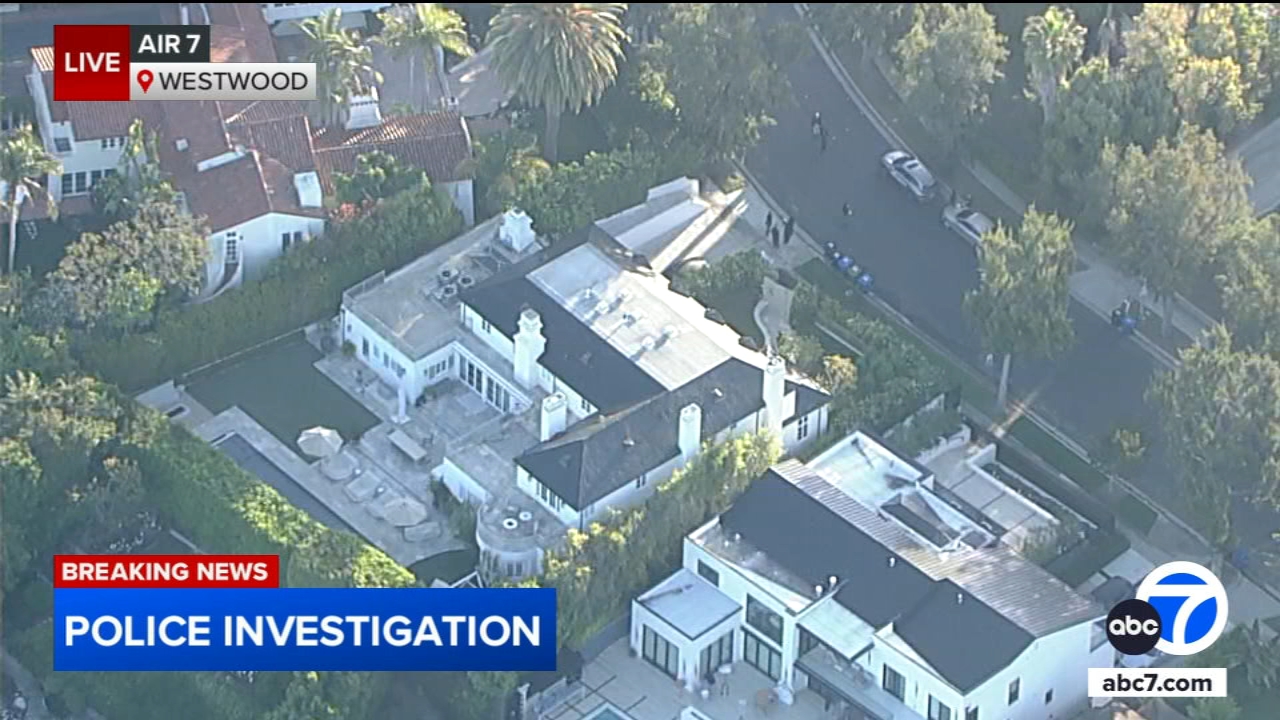Coronavirus pandemic exposing digital divide among LA students
A study finds 17% of families surveyed from South LA, Watts and Boyle Heights have no internet at home.

LOS ANGELES (KABC) -- Some school districts are slowly reopening their doors to in person instruction, but the vast majority remain closed, with the focus still on distance learning. Despite the best efforts of educators to connect all students remotely, a recent study by USC and Partnership for LA Schools shows many students are being left behind.
Seventeen percent of families surveyed from South L.A., Watts and Boyle Heights reported no internet at home; 8% had mobile internet only.
If those numbers are consistent throughout Southern California, thousands of young people are facing incredible academic hardship.
"The challenges uncovered here are widespread. We know that the digital divide is not unique to these areas, you know across low-income communities across this country. There are real gaps in internet service and an access to devices," said Chase Stafford of Partnership for LA Schools.
Ivy Contreras is studying neuroscience at the University of Riverside and realizing the need in her community, she started Kinder2College in an effort to provide monitors, printers, desks or office supplies to low-income families.
"It takes more than just a place to sit down and a computer, you need a successful learning space to take you away from your home environment and put you in an academic environment," said Contreras.
She knows school districts and non-profits are trying to provide laptops and Wi-Fi as an emergency fix, but she plans to continue her efforts even after kids return to school, and is using money she earned from a second job to do it.
"Once we get back to in-person learning, you know, people still need that classroom setting in their own home when they're doing this study work, when doing their homework, so we still can plan to give out donations, it is right now, we're really try to push it out there when everyone's at home," said Contreras.
Creating a workspace at home for under-privileged kid's falls in line with another finding from the USC study: 14% of those surveyed "never" have a space free of noise or distraction, and 18% are sharing it with other family members which can prevent students from fully engaging in learning activities.
"Until we sort of have that paradigm shift as a country where we're like, well, we see the internet as something that everyone not only should have, but has a right to or can access easily, like electricity, running water, etc... this will come up again," said Stephen Aguilar, professor at USC's Rossier School of Education.
Even before the pandemic, more than one in three California households did not have sufficient income to meet basic needs. COVID and distance learning have changed the meaning of basic need, but it could also be a turning point in how schools partner with families, working together for the students.







